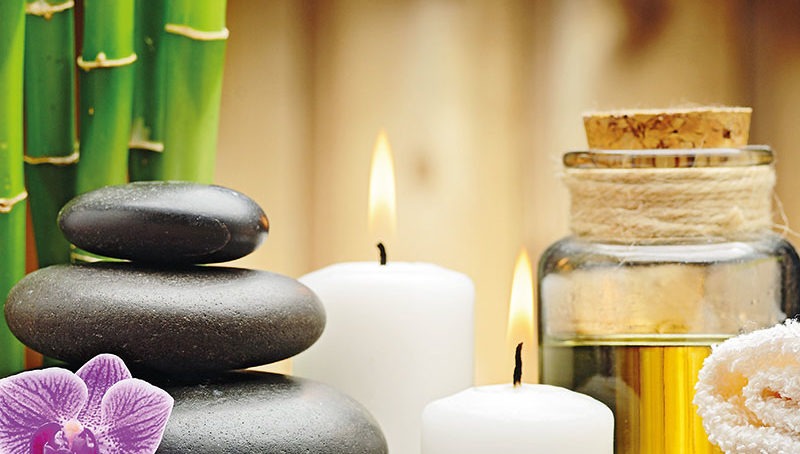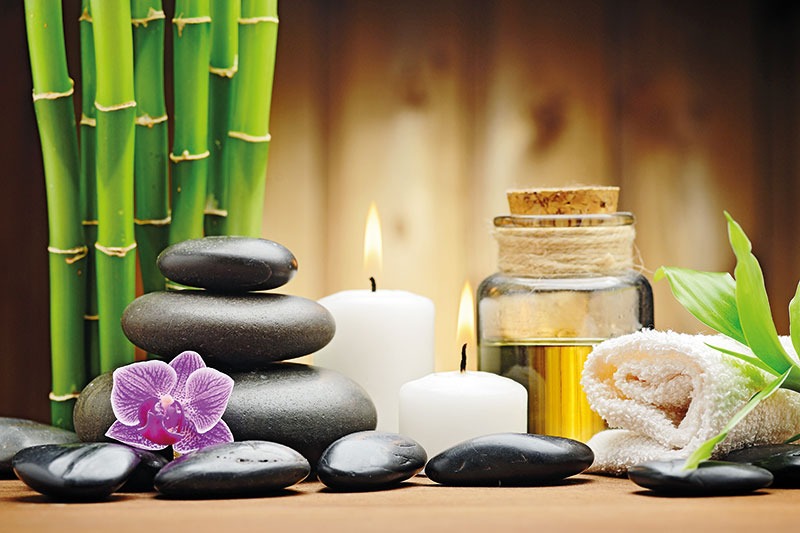Buoyed by the growing emphasis on health and fitness, consumers have shown themselves to be increasingly willing to spend money on wellbeing, helping to drive this fast-growing sector forward, as Annie Fernandez, senior analyst, Colliers International Hotels (MENA), explains
The region’s spas can generally be classified into four categories: destination hotel facilities; hotel spas; medical spas; and standalone facilities. While destination hotel, hotel and standalone spas are mostly focused on providing holistic treatments, medical spas, instead, concentrate primarily on surgical and invasive procedures. Given the growing prevalence of spas in the region and increase in interest from leading operators, Colliers International Hotels (MENA) has been studying the market’s performance, based on data received directly from a spa panel, representing a stock of more than 320 treatment rooms in the UAE and KSA markets.
The UAE’s hotel spa market performance
The wellness market in the UAE has been increasingly affected by the growing influx of price-sensitive source markets. The average capture rate of hotel guests (percentage of in-house spa guests to total hotel guests) continues to hover around 2 percent in the country. Volume-driven and aggressive marketing campaigns have created a highly competitive market, leading to a drop in revenue and an increase in the number of treatments sold per spa.
In the first half of 2018, Abu Dhabi’s hotel-operated spas have seen a 6 percent increase in the total treatment revenue compared to the same period last year, while Dubai witnessed a 2 percent increase in the number of treatments sold.
Destination hotels and resorts in the UAE have been able to maintain a high level of in-house guests capture ratio (vs. walk-in guests), particularity in Dubai, where the average stands at 58 percent. Abu Dhabi, on the other hand, continues to witness growth in walk-in customers, which contributed to the increase in the overall treatment revenue for the city’s spas.
KSA’s market performance
Demand for wellness and health facilities has gained momentum in KSA in recent years, with the Kingdom expected to welcome more female-dedicated spas in hotels to cater to growing demand. An increase in the participation of women in KSA’s workforce and higher levels of spending power are predicted to have a positive impact on the spa and wellness industry. In the coming years, KSA is likely to witness the entrance of new international players, helping the market to further evolve.
The average daily treatment rate among the spas operated by luxury hotels in KSA was approximately SAR 450 (USD 120) in the first half of 2018, while the average number of treatments sold per day was around 15. The spas witnessed a 31 percent increase in the ratio of in-house guests (vs. walk-in visitors) and 3 percent increase in treatment room utilization in the same period.
New openings and evolving concepts
Colliers has identified four key growth areas for the spa and wellness sector across the region:
1. Emergence of dedicated wellness centers
The UAE will soon witness the opening of MAG Creek Wellbeing Resort in Dubai, which will be the region’s first and largest wellness facility, and EZ Wellness Centre in Al Zorah Ajman, which will form part of the eco-friendly Al Zorah Development, featuring a golf course, luxury hotels and residential units.
2. Spa and wellness based masterplans
KSA recently announced the launch of Amaala, a luxury destination on the north-western coast that focuses on wellness tourism. Other masterplans, such as The Red Sea project and NEOM, will also include wellness as one of their key components.
3. Ongoing opening of luxury hotel spas
Dubai and Abu Dhabi will witness the opening of key new luxury spas in the coming months, including the Cinq Modes Spa at Emerald Palace Kempinski Hotel, luxury spas at Stella Di Mare, Mandarin Oriental Jumeirah Beach and The Abu Dhabi Edition, alongside a 2,200 square-meter spa earmarked for Jumeirah Saadiyat Island Resort.
4. Introduction of lifestyle brands
In line with the latest lifestyle trends and rising popularity of wellness tourism, hotel operators are continuing to add or develop brands that focus largely on wellness and fitness concepts to capture both primary and secondary-purpose wellness trips. According to Global Wellness Institute, visitors falling into the former category are known to spend 130 percent more than an average tourist.
Operators are entering the wellness space by acquiring brands, such as Hyatt, which has obtained the Miraval Wellness Spas line, while IHG’s home-grown brand Even Hotels focuses on the fitness concept, which has potential for growth in the region, especially in the urban localities of the UAE and KSA.

















